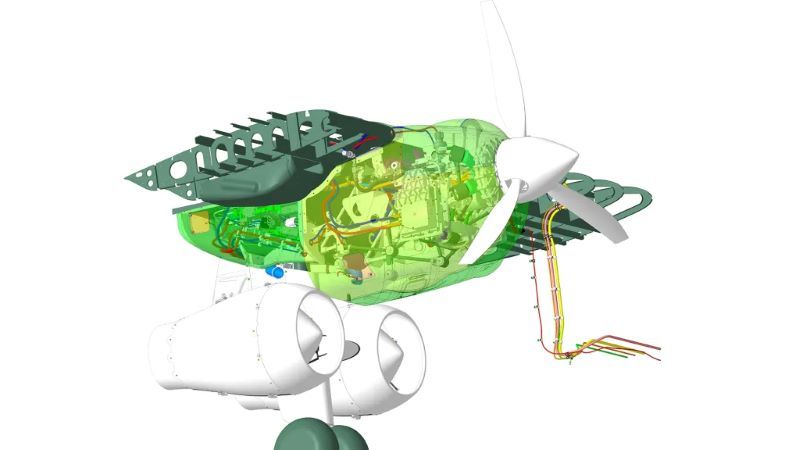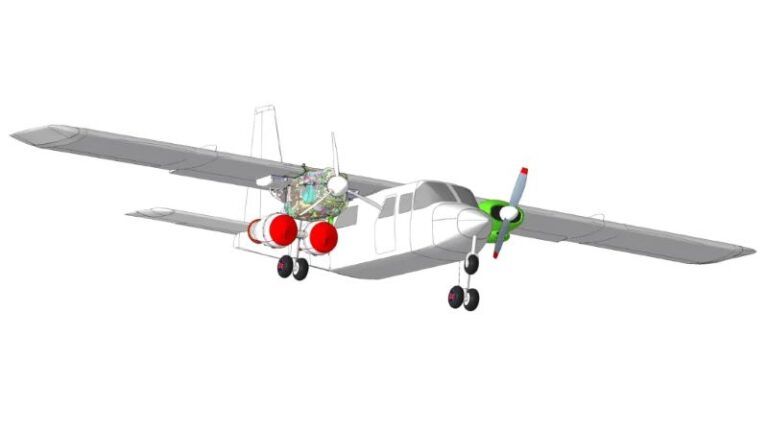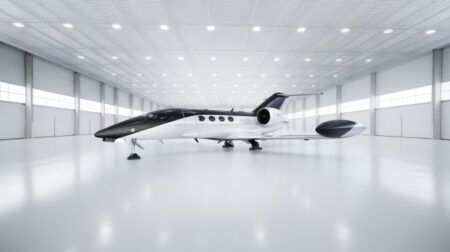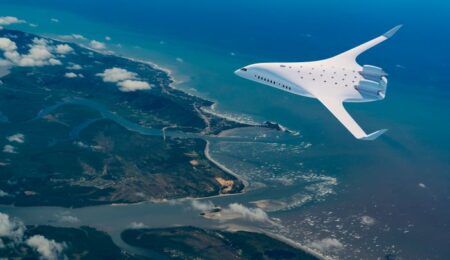Cranfield Aerospace Solutions has successfully integrated its hydrogen fuel cell system into the nacelle of a Britten-Norman BN-2 Islander aircraft.
UK-based Cranfield Aerospace Solutions (CAeS) said it has packed a hydrogen fuel cell (HFC) system and motor into the nacelle, producing a safe and efficient hydrogen powertrain for aviation and laying the groundwork with regulators to certify its technology.
The company has been working with partners including air-breathing engine developer Reaction Engines, motors company Evolito and engineering consultants Ricardo on converting the 9-seater Islander as part of a UK Government part-funded program called Project Fresson due to end this month. A flight test program was scheduled to start this year.
Jenny Kavanagh, chief strategy officer at CAeS said, “The decision was taken early on in the program that before proceeding to ground and flight test, we had to ensure that we had solved the packaging and thermal management challenges that underpin the commercial viability of the technology.
“Now that this significant milestone has been achieved, CAeS is progressing to the next stage of the project and to launching into manufacture for the testing campaign.”
The company intends to integrate the HFC power train into different aircraft and applications. CAeS announced last October it is to supply Dronamics with HFC propulsion systems for its Black Swan cargo drone and that it has a total pipeline to supply more than 1,300 drivetrains. The deal with Dronamics plans for supply of the drivetrains to start from 2026.
Engineers will also work to further optimize the system and sub-systems for the commercial offering to improve operational performance and customer experience.
Packaging design
The 240kW HFC system is 110% of the power of the engine that it replaces and also includes all of the fuel cell’s electrical components, cooling equipment, pipe routing, and cable routing.
Space within the nacelle is limited, making it challenging to find an effective solution that also meets safety requirements, said CAeS.

The forward section of the nacelle houses the HFC system, the HFC system’s Balance of Plant (BoP), an electric motor, inverters and controllers, a pitch control unit, and all the electrical cabling/routing and cooling systems for the HFC system. The rear nacelle contains the ground power interface and the high voltage power distribution system, each with its own cooling and packaging challenges.
Mounted around the existing main landing gear is the structure for the HFC system’s heat exchangers, which includes relevant pipework for the cooling system. This integration required planning, iterative design and close coordination with CAeS’ partners Reaction Engines, to ensure optimal performance.





